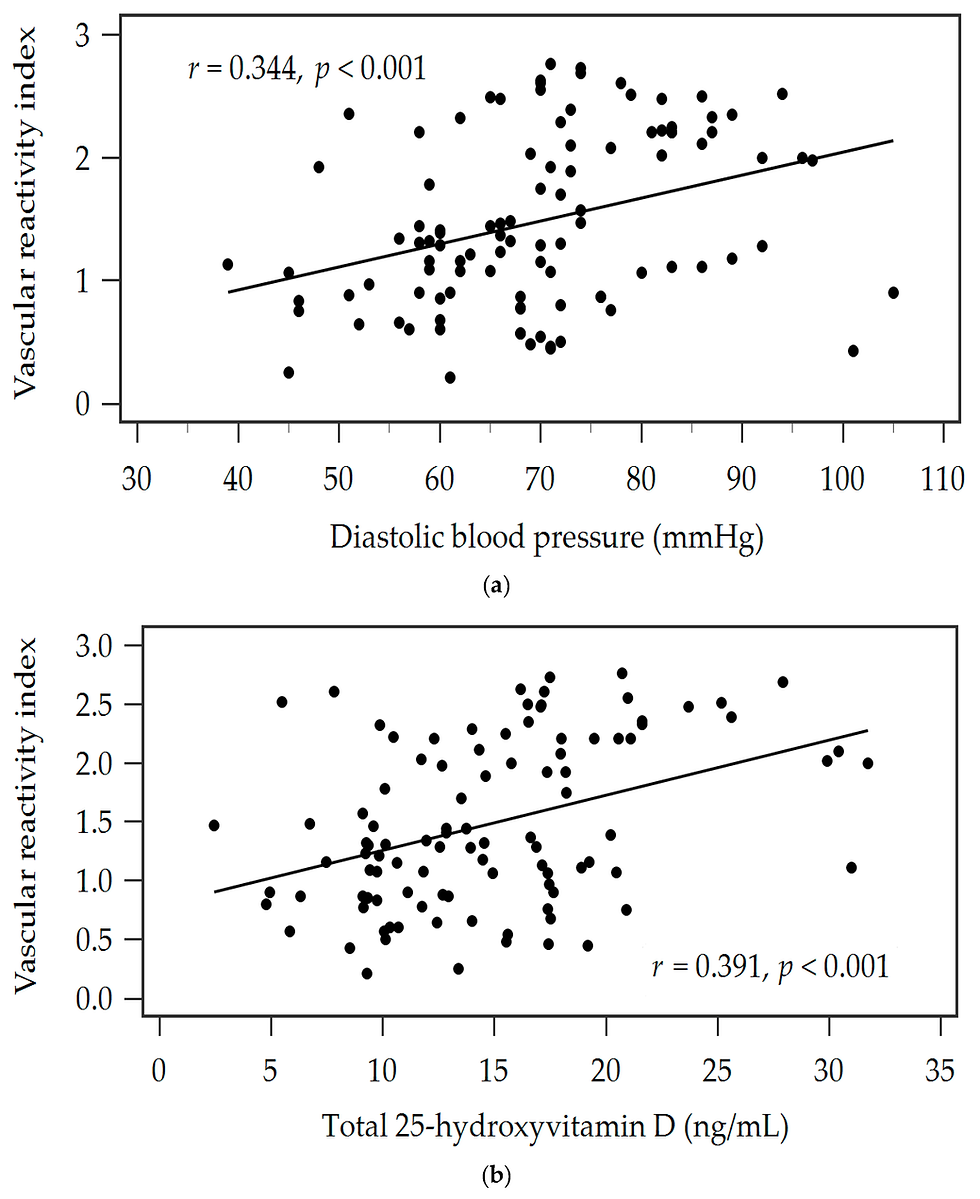Smoking and diabetes attenuate beneficial effects of PSCK9 inhibitors on arterial wall properties...
- heartlung
- Jan 20, 2023
- 2 min read
Smoking and diabetes attenuate beneficial effects of PSCK9 inhibitors on arterial wall properties in patients with very high lipoprotein (a) levels
Atheroscler Plus 2022 Aug 2;50:1-9.
Andreja Rehberger Likozar, Miran Šebeštjen
Abstract Background and aims: Elevated lipoprotein (a) (Lp(a)) and low-density lipoprotein cholesterol levels (LDL-C) are significant residual risk factors for cardiovascular events. Treatment with protein convertase subtilisin kexin type 9 (PCSK9) inhibitors reduces the levels of both. Less is known about effects of PCSK9 inhibitors on functional and morphological properties of the arterial wall. The aim of the present study was to determine whether other factors besides decreased LDL-C and Lp(a) are associated with functional (flow-mediated dilation [FMD]) and morphological (carotid intima-media thickness [c-IMT], pulse-wave velocity [PWV]) changes of the arterial wall properties in patients with coronary artery disease (CAD) treated with alirocumab and evolocumab.
Methods: One hundred patients with CAD after myocardial infarction before 55 years and with high Lp(a) were randomised to lipid-lowering therapies without PCSK9 inhibitors (control; N = 31), or with alirocumab 150 mg SC (N = 35) or evolocumab 140 mg SC (N = 34), every 2 weeks. All patients underwent blood sampling for biochemical analyses and ultrasound measurements for FMD, c-IMT and PWV.
Results: There were no significant changes in FMD for the control (10.7% ± 6.6%-11.1% ± 4.4%, p = 0.716) and alirocumab (10.7% ± 5.9%-11.2% ± 5.3%, p = 0.547) groups, while evolocumab promoted significant increase (11.2% ± 6.8%-14.1% ± 6.6%, p < 0.0001). Only in non-smokers and non-diabetics significant improvements in FMD (p < 0.0001) after treatment with PCSK9 inhibitors were observed.
Conclusion: These data show that for patients with CAD and high Lp(a) levels, beneficial effects of PCSK9 inhibitors on the arterial wall properties can be attenuated by specific risk factors, such as smoking and diabetes.
Keywords: Alirocumab; Coronary artery disease; Endothelial function; Evolocumab; Lipoprotein (a); Low-density lipoprotein cholesterol.
Read Full Text Here: https://www.ncbi.nlm.nih.gov/pmc/articles/PMC9833244/
© 2022 The Authors.



![Lipoprotein(a) levels predict endothelial dysfunction in maintenance hemodialysis patients: evidence from [VENDYS] vascular reactivity index assessment](https://static.wixstatic.com/media/dac531_5285607cc591409a9d83746f042af7c6~mv2.png/v1/fill/w_980,h_980,al_c,q_90,usm_0.66_1.00_0.01,enc_avif,quality_auto/dac531_5285607cc591409a9d83746f042af7c6~mv2.png)
Comments